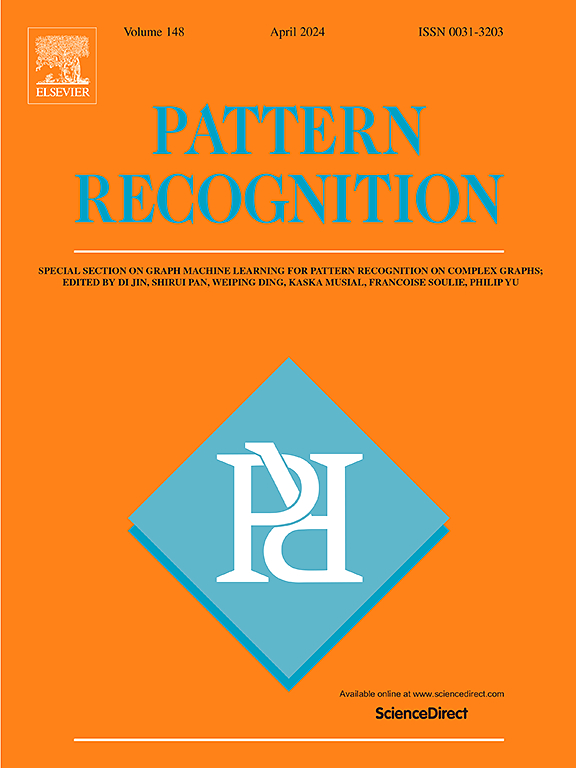Self-distillation with beta label smoothing-based cross-subject transfer learning for P300 classification
IF 7.5
1区 计算机科学
Q1 COMPUTER SCIENCE, ARTIFICIAL INTELLIGENCE
引用次数: 0
Abstract
Background:
The P300 speller is one of the most well-known brain-computer interface (BCI) systems, offering users a novel way to communicate with their environment by decoding brain activity.
Problem:
However, most P300-based BCI systems require a longer calibration phase to develop a subject-specific model, which can be inconvenient and time-consuming. Additionally, it is challenging to implement cross-subject P300 classification due to significant inter-individual variations.
Method:
To address these issues, this study proposes a calibration-free approach for P300 signal detection. Specifically, we incorporate self-distillation along with a beta label smoothing method to enhance model generalization and overall system performance, which can not only enable the distillation of informative knowledge from the electroencephalogram (EEG) data of other subjects but effectively reduce individual variability.
Experimental results:
The results conducted on the publicly available OpenBMI dataset demonstrate that the proposed method achieves statistically significantly higher performance compared to state-of-the-art approaches. Notably, the average character recognition accuracy of our method reaches up to 97.37% without the need for calibration. And information transfer rate and visualization further confirm its effectiveness.
Significance:
This method holds great promise for future developments in BCI applications.
利用基于贝塔标签平滑的跨主体迁移学习进行 P300 分类的自发散学习
背景:P300 拼写是最著名的脑机接口(BCI)系统之一,通过解码大脑活动为用户提供了一种与周围环境交流的新方法。问题:然而,大多数基于 P300 的 BCI 系统需要较长的校准阶段来开发特定受试者模型,这可能既不方便又耗时。方法:为了解决这些问题,本研究提出了一种无需校准的 P300 信号检测方法。实验结果:在公开的 OpenBMI 数据集上进行的实验结果表明,与最先进的方法相比,本研究提出的方法在统计学上取得了显著提高。值得注意的是,我们方法的平均字符识别准确率高达 97.37%,无需校准。意义:这一方法为未来的生物识别(BCI)应用带来了巨大的发展前景。
本文章由计算机程序翻译,如有差异,请以英文原文为准。
求助全文
约1分钟内获得全文
求助全文
来源期刊

Pattern Recognition
工程技术-工程:电子与电气
CiteScore
14.40
自引率
16.20%
发文量
683
审稿时长
5.6 months
期刊介绍:
The field of Pattern Recognition is both mature and rapidly evolving, playing a crucial role in various related fields such as computer vision, image processing, text analysis, and neural networks. It closely intersects with machine learning and is being applied in emerging areas like biometrics, bioinformatics, multimedia data analysis, and data science. The journal Pattern Recognition, established half a century ago during the early days of computer science, has since grown significantly in scope and influence.
 求助内容:
求助内容: 应助结果提醒方式:
应助结果提醒方式:


